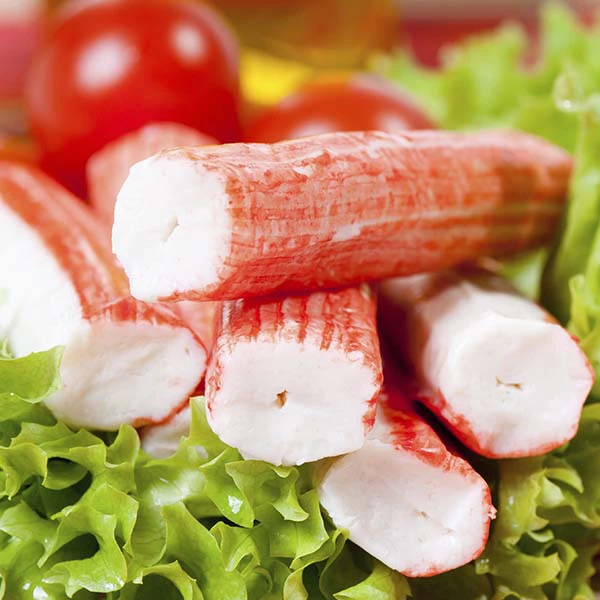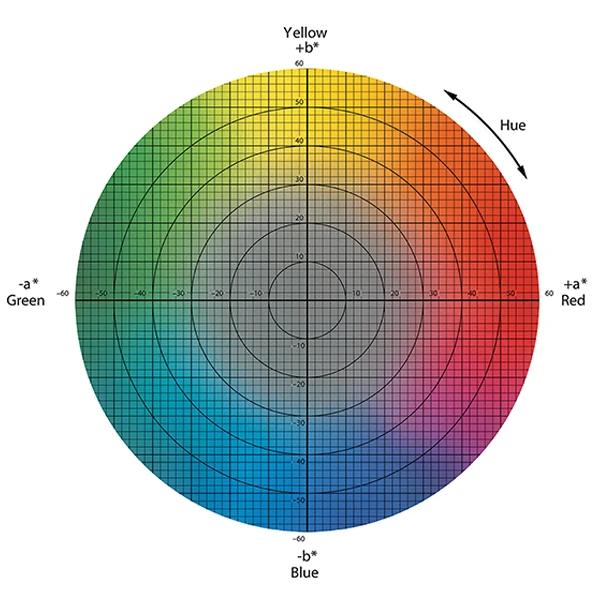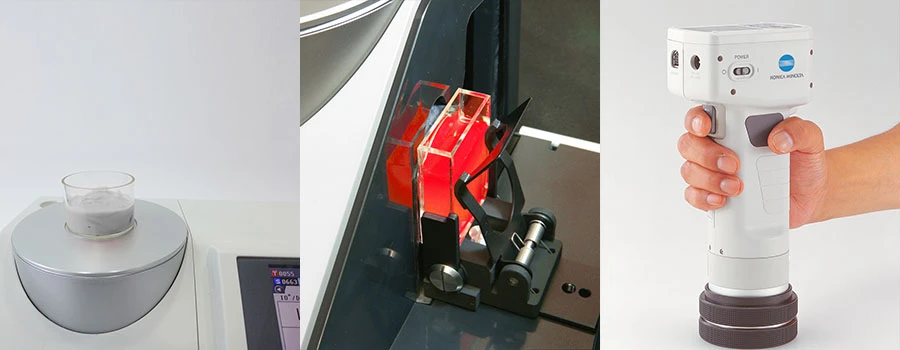Surimi Color Measurement Made Simple

Surimi is a type of minced fish paste that is commonly used in Asian cuisine. It is made by grinding up the fish flesh and adding ingredients like salt, sugar, etc., for flavor and texture. The mixture is then extruded through a die to form long, slender strands that are cut into small pieces. The finished product is typically white. However, it can be colored to achieve a wide range of colors, from red to orange. The ability to change the color and shape of surimi allows them to mimic meat like crab, lobster, etc., making it a popular ingredient.
Surimi Color Assessment
Color is an important sensory and quality attribute of surimi and finished products made with it. Consumers associate certain colors with specific flavors, and the color of a food can affect its perceived taste. For example, surimi colored with red is often used to make imitation crab, and any off-colored is perceived as spoilt or of bad quality.
Some manufacturers rely on visual assessment to check the color. It is important to note that different people perceive colors differently. This means that what one person may see as red, another person may see it as orange. This method can also be affected by the personnel’s age and experience, the size and number of samples evaluated, and the surrounding lighting.

Instrumental Color Measurement of Surimi
Objective and fast color measurement can be achieved using colorimeters or spectrophotometers. These color measurement instruments measure the amount of light reflected off of the sample and calculate and express the color numerically through various color spaces and indices. Within research and development, color measurement instruments can help determine the amount of additive needed to enhance the surimi whiteness. They can also be used to check the color of incoming raw ingredients and colorants, including the final surimi product, and monitor the color of surimi during the washing process and post-pasteurization.
The color space widely used in the food industry is the CIE L*a*b*, a three-dimensional color space that encodes colors based on human perception. The CIE L*a*b* is based on the three human-visible coordinates of lightness (L*), red-green colors (a*), and blue-yellow colors (b*). The L* value can be used to measure the whiteness of the surimi, while the b* value can help determine the unwanted yellowness in the surimi. An alternative approach to measuring whiteness and yellowness is to use a one-dimensional scale like the whiteness index (WI) or the yellowness index (YI). The L*, a*, and b* values can all be used when measuring colored surimi products (e.g., imitation crab meat).
Spectrophotometer CM-5
The Konica Minolta Spectrophotometer CM-5, widely used in the food industry, is a highly versatile color measurement instrument that can perform both reflectance and transmittance color measurement and express them in various color spaces and indices. Supported by a wide selection of accessories, the CM-5 can measure various types of samples ranging from solid and powder to paste and liquid, enabling easy color measurement of the surimi products and their ingredients. Watch this video to learn more about the CM-5.
Chroma Meter CR-400/410
The Konica Minolta Chroma Meter CR-400 (⌀8mm measuring area) and CR-410 (⌀50mm measuring area) are portable color measurement instruments that enable objective and fast color assessment of surimi and its final product. Their mobility makes them suitable for use in various locations, whether in the laboratory or on-site. Besides CIE L*a*b*, WI, and YI, both CR-400 and CR-410 have a user index function that allows users to set up their color evaluation formula for their specific color application. With various accessories like sample holder and granular materials attachment, the CR-400 and CR-410 can measure the color of samples ranging from solid and powder to paste and opaque liquid with ease. Check out this video to learn more about both the CR-400 and CR-410.

Need help with your color measurement challenges or require assistance finding the right color measurement instrument for your intended application? Get in touch with our color application specialists for a free consultation now.
